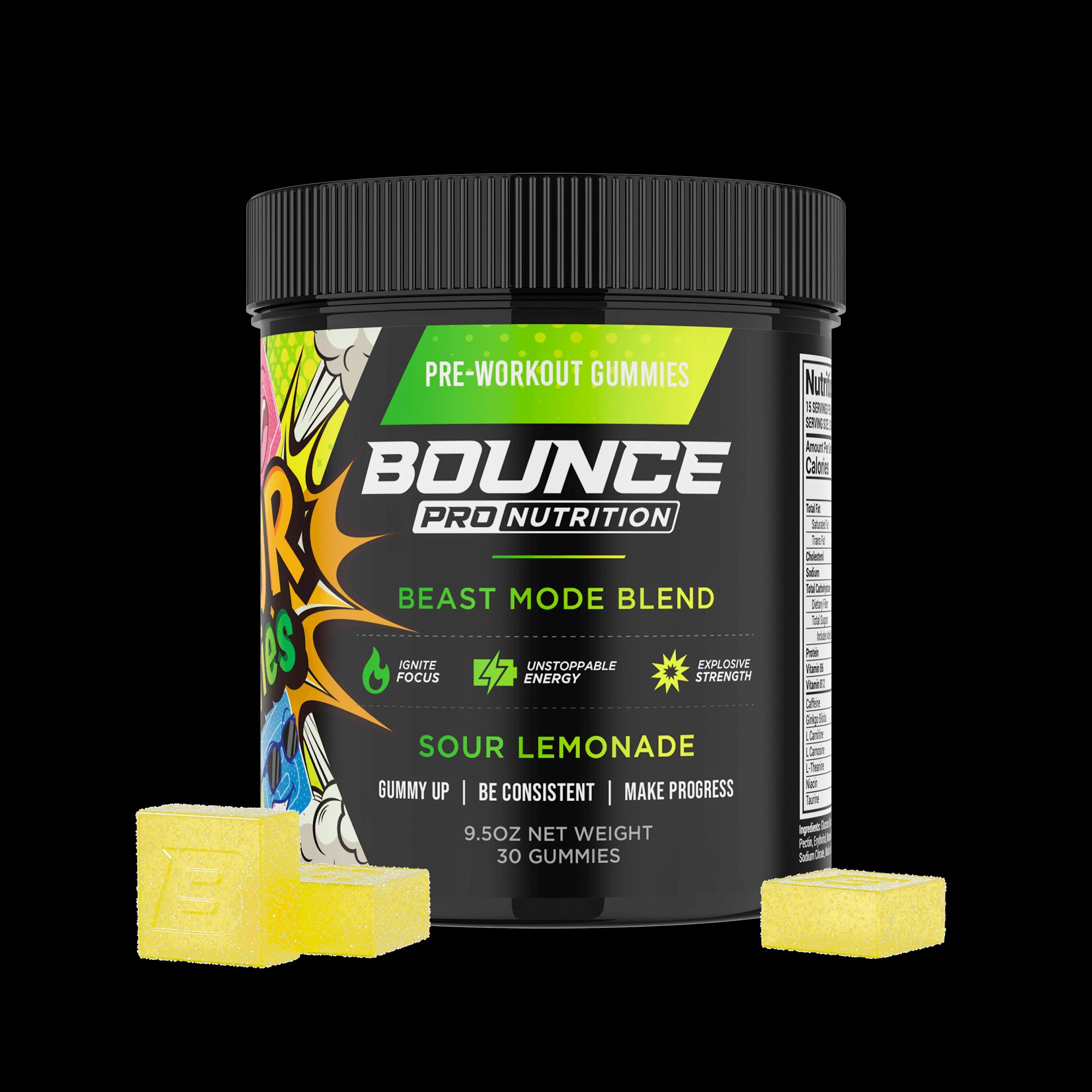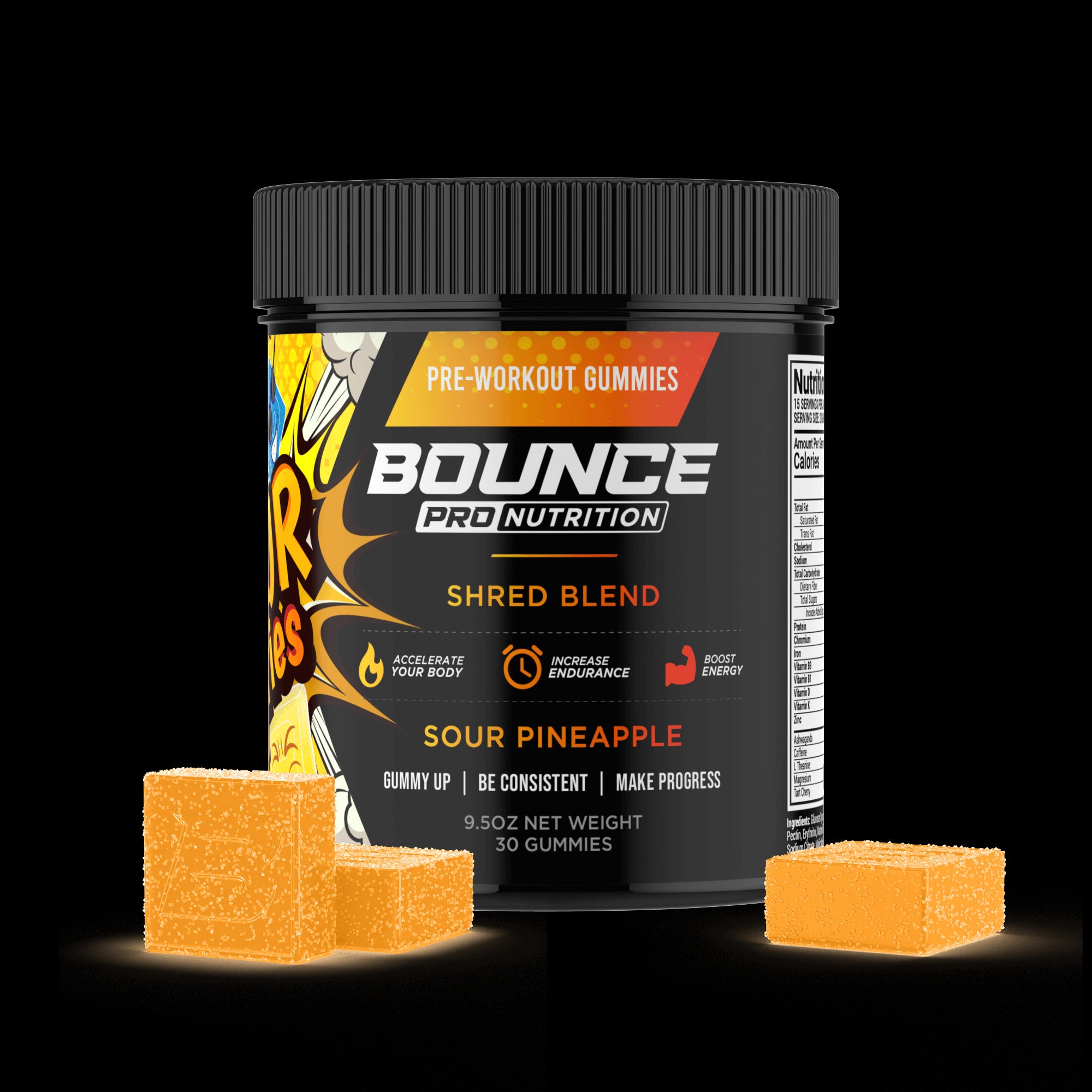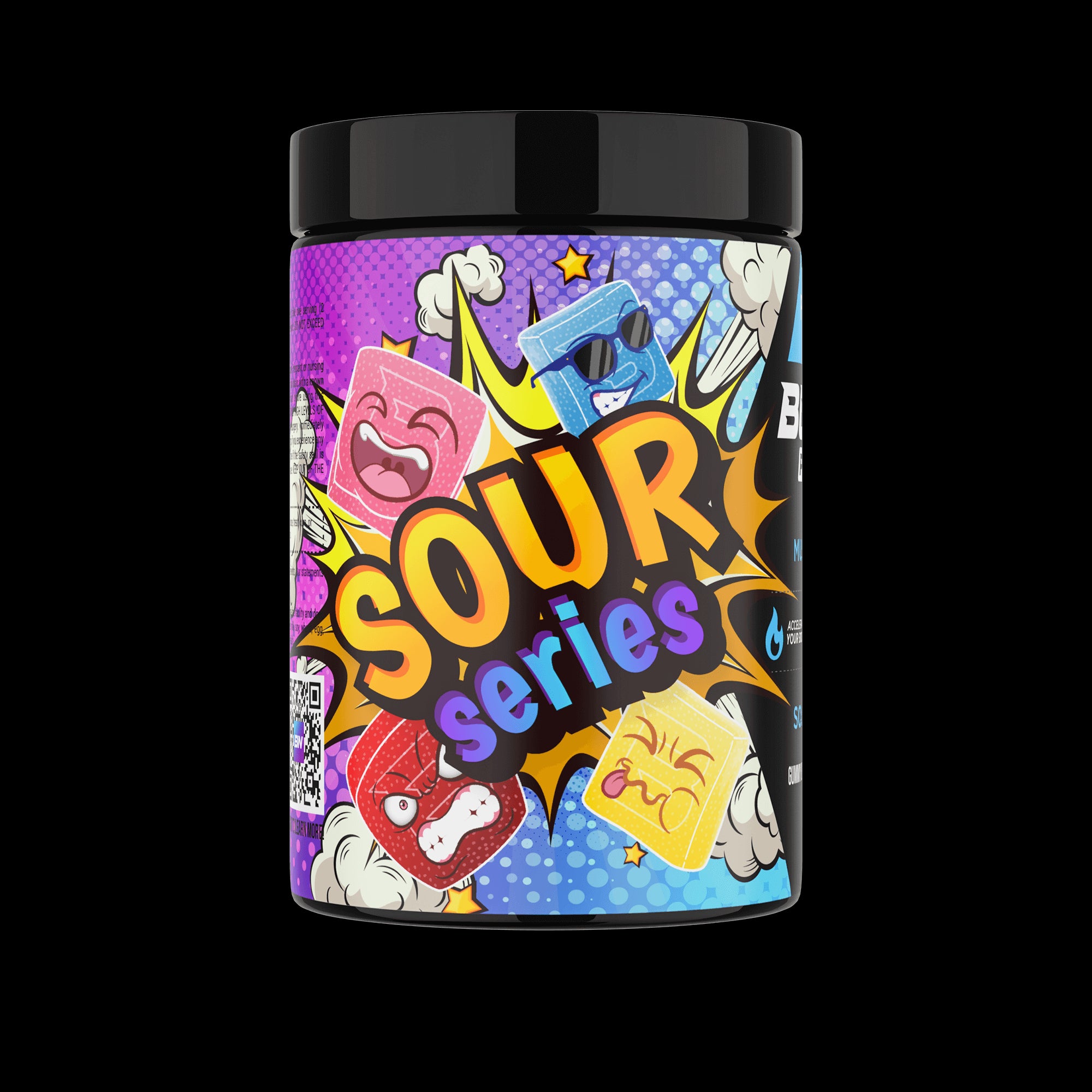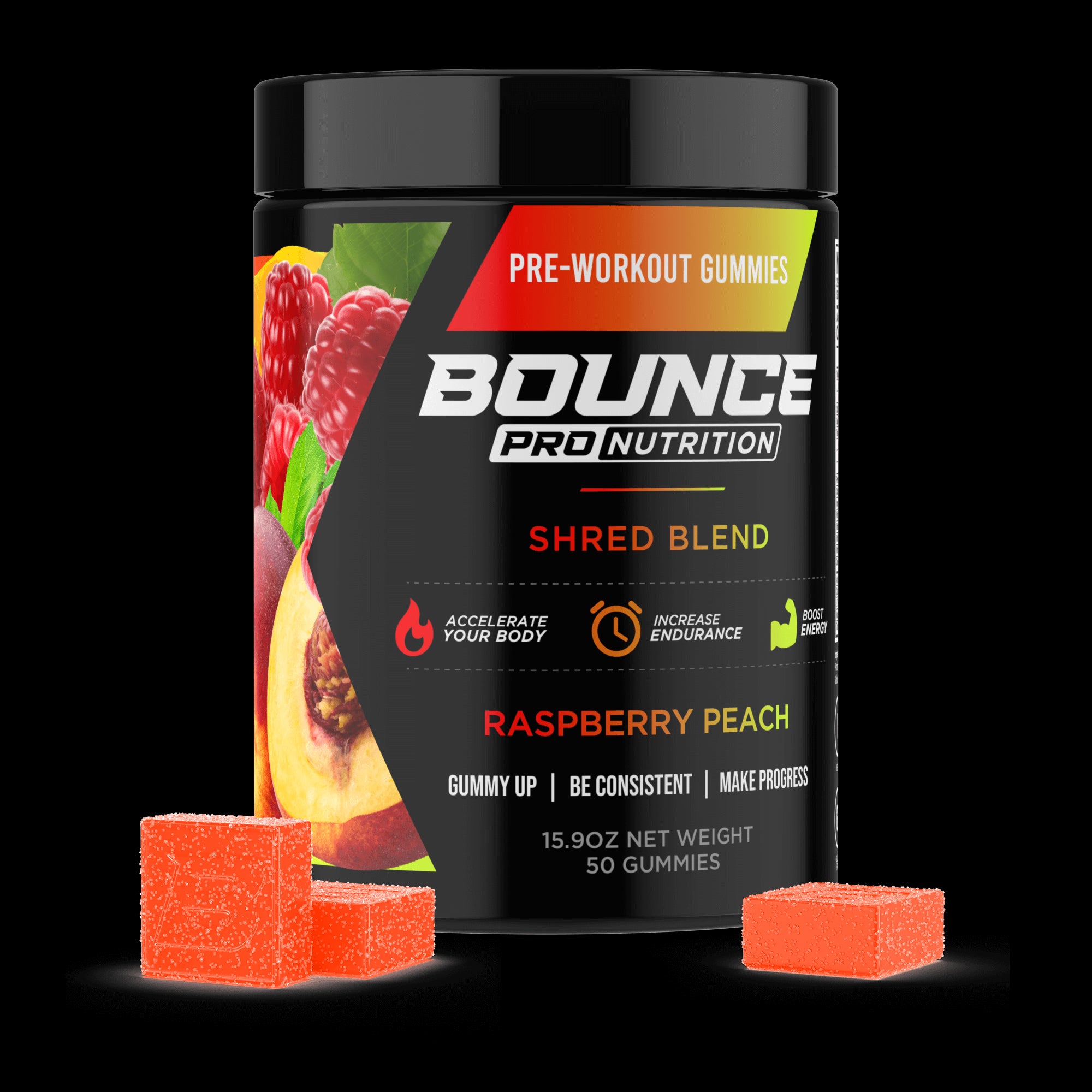No doubt folks, creatine gummies have gained popularity due to their convenience and palatability. Still, as with any supplement, it's crucial to understand the quality and safety of the product you're consuming. This is where lab reports and Certificates of Analysis (COAs) come into play.
Understanding these documents can be daunting if you're not familiar with scientific terms and testing methods. However, we’re here to help by breaking down the key elements of a creatine gummies lab report and COA, so you can confidently assess the quality of the product.
TO BUY CREATINE GUMMIES CLICK HERE
Why are Lab Reports and COAs Important Anyways?
Before diving into the specifics of how to read these reports, let’s briefly explore why they are crucial. Lab reports and COAs provide detailed information about the contents of the product and verify that what’s on the label matches what’s inside. These documents are essential for:
- Ensuring Quality: They confirm that the creatine in your gummies is pure, and that the product is free from harmful contaminants.
- Providing Transparency: COAs are a way for manufacturers to prove that their products are legitimate, which fosters trust between the brand and consumers.
- Meeting Legal Standards: Lab testing ensures that the product meets industry and safety standards, reducing the risk of consuming something unsafe or ineffective.
Understanding the Structure of a COA
Most Certificates of Analysis follow a similar structure and include different sections/key components that you’ll likely come across.
Section 1: Product Information
- Brand Name: The COA will typically mention the brand that manufactured the creatine gummies.
- Batch Number: Each batch of creatine gummies is assigned a unique number. This allows consumers to verify that the report corresponds to the specific product they purchased.
- Production Date: The date when the batch was produced, allowing you to assess the freshness of the product.
- Expiry Date: Knowing when the creatine gummies will expire is important for ensuring efficacy.
Section 2: Testing Laboratory Information
- Name and Accreditation: Always check if the lab that performed the testing is accredited. Accredited labs follow strict guidelines, so you can be confident that the results are accurate and reliable.
- ISO/IEC Certification: This certification ensures that the lab operates within internationally recognized standards.
Section 3: List of Tests Conducted
- Purity Test: This test assesses the amount of creatine in the product. Creatine monohydrate is typically the most popular form, but other forms like creatine hydrochloride (HCL) or buffered creatine may also be listed.
- Heavy Metals Test: Heavy metals like lead, mercury, and cadmium can be harmful even in small quantities. The lab report will show whether these contaminants are present and if they are below the permissible limit.
- Microbial Contaminant Test: Creatine gummies must be free from harmful bacteria, yeast, and mold. This test confirms that the product is microbiologically safe to consume.
- Pesticide Residue Test: This checks for pesticide contamination, which is particularly important if the creatine is derived from plants or other organic sources.
- Residual Solvent Test: This test is relevant if the creatine or gummy components are extracted using solvents. It ensures that no harmful residues remain in the product.
Breaking Down the Results Section
Once you’ve familiarized yourself with the different tests, it’s time to interpret the results.
Result 1: Purity Test Results
- Creatine Concentration: The most critical information in the lab report is the amount of creatine per gummy. The COA will show this in milligrams (mg) or grams (g) per serving. Compare this figure with the product label to ensure consistency.
- Creatine Form: Different forms of creatine (monohydrate, HCL, etc.) may have varying levels of effectiveness. Ensure the form listed matches what’s advertised on the packaging.
Result 2: Heavy Metals Results
- Units of Measurement: Heavy metals are usually measured in parts per million (ppm) or micrograms per gram (µg/g). These results must be compared against the acceptable limits set by regulatory bodies such as the FDA or the EPA.
- Acceptable Levels: Heavy metals should be present in very low quantities or not at all. For example, lead should not exceed 0.5 ppm in a dietary supplement. If the COA shows levels higher than the acceptable range, the product may be unsafe.
Result 3: Microbial Contaminants Results
- Total Aerobic Count: This measures the total bacteria present in the gummies. Low levels of non-harmful bacteria are expected, but harmful strains like E. coli and Salmonella should be absent.
- Yeast and Mold: Gummies should be free from yeast and mold to avoid the risk of spoilage or infection. The COA will list whether these contaminants were detected and at what levels.
- Pathogens: Specific pathogens like Listeria or Staphylococcus are tested, and their absence will usually be marked as "Not Detected" or “ND.”
Result 4: Pesticide Residue Results
- Detected Pesticides: If the creatine or any of the gummy ingredients are plant-derived, the lab tests for pesticide residues. A well-tested product will show "Not Detected" for harmful pesticides. However, if any residues are found, they should be within permissible limits.
- Comparison with Legal Limits: The report will show the concentration of pesticides in ppm or µg/g, and you can cross-check these with regulatory standards.
Result 5: Residual Solvent Results
- Common Solvents: Ethanol, butane, or acetone might be used during the manufacturing process of certain gummy components. The COA should indicate whether these solvents are present and in what quantities.
- Permissible Levels: The FDA sets specific limits for residual solvents in dietary supplements. A high-quality product will have solvent levels that are either "Not Detected" or significantly below the legal threshold.
Additional Sections to Pay Attention To
In addition to the core testing results, there are often extra details in a COA that may enhance your understanding of the product's safety and quality:
Moisture Content
- Why It Matters: Excess moisture in creatine gummies can lead to mold growth or shorten the shelf life of the product. A COA might include a moisture analysis, where lower moisture levels indicate longer product stability.
Stability Testing
- Life: Stability tests show how long the product maintains its potency and safety under various conditions. This section can indicate how well the creatine gummies will hold up over time.
Ingredient Verification
- Active Ingredients: The COA might include verification of other active ingredients in the creatine gummies, such as flavorings, vitamins, or added amino acids. Ensure that any additional ingredients align with what’s listed on the label.
Allergen Testing
- Allergen Presence: This section identifies potential allergens, such as soy, gluten, or dairy. Allergen testing ensures that the product is safe for people with food sensitivities.
How to Spot Red Flags
Knowing what to look for in a lab report is just as important as knowing what to avoid. Here are some red flags to watch for:
- Lack of Accreditation: If the lab conducting the tests isn’t accredited, you can’t trust the results fully.
- Missing Tests: If important tests like heavy metal analysis or microbial contamination aren’t included, the product may not meet safety standards.
- Inconsistent Data: Discrepancies between the product label and the lab report, such as different amounts of creatine, are a sign of poor quality control.
- Detected Contaminants: If the COA shows levels of heavy metals, pesticides, or microbial contaminants above acceptable limits, avoid that product.
Those Lab Reports and COAs Matter for Creatine Gummies!
Understanding how to read a creatine gummies lab report and COA can empower you to make more informed decisions about the supplements you consume. By reviewing product information, checking test results for purity, and ensuring that harmful contaminants are below legal limits, you can feel confident in the safety and quality of the product.
Always choose creatine gummies from companies that prioritize transparency by offering detailed lab reports and third-party testing.























